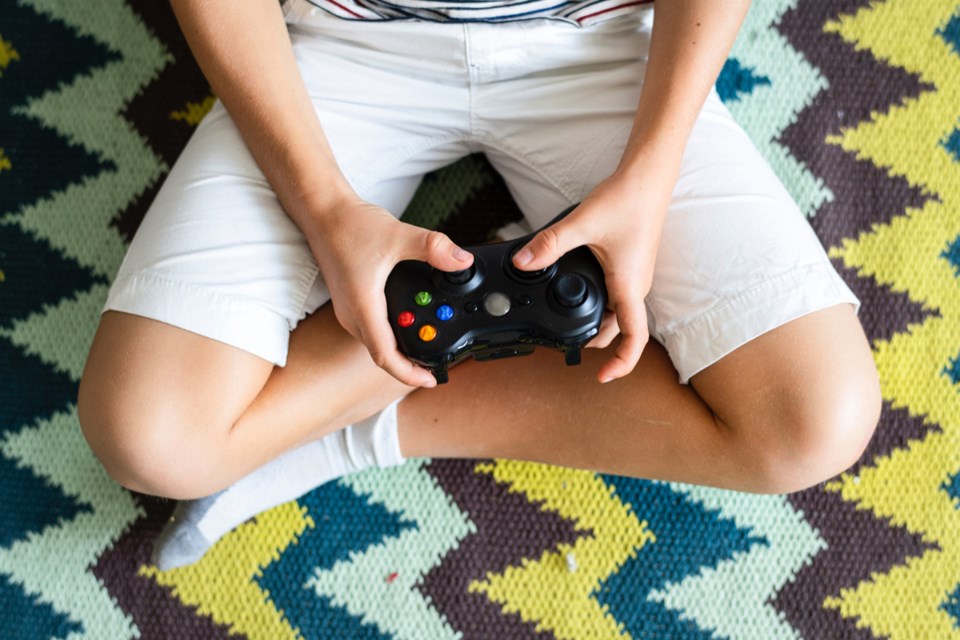As I was tucking my nine-year-old son into bed the other night, he asked me in a casual tone, “Mom, is it true that some teenage boys were playing too much Fortnite and then they killed a bunch of people because they thought that the game was real life?”
I inhaled deeply, wanting to be careful with how I responded, while trying to hide my shock at the bluntness of the question.
If this had come up before the news of the two teen murder suspects had dominated the headlines, my answer would have likely been a quick, “Nah, that’s silly, you can’t blame video games for someone’s violent behaviour!” But with the recent news, my son’s question got me thinking.
I had listened to an interview with the father of one of the suspects, who shared that his son was in a lot of pain as a result of a troubled upbringing. He said video games and YouTube were his son’s main influences.
I had also read a story shared by radio host Roy Green titled, “Does gaming lead to aberration?” – questioning if violent video games can sufficiently impress on the brain to open the door to aberrant behaviour.
In his piece, Green shares the inclusion of “gaming disorder” in the International Classification of Diseases by the World Health Organization, added in September 2018 in the 11th revision of the list of globally-recognized disorders.
In defining the disorder, the WHO states that, “For gaming disorder to be diagnosed, the behaviour pattern must be of sufficient severity to result in significant impairment in personal, family, social, educational, occupational or other important areas of functioning and would normally have been evident for at least 12 months.”
The classification of the disorder also includes that, “Studies suggest that gaming disorder affects only a small proportion of people who engage in digital- or video-gaming activities. However, people who partake in gaming should be alert to the amount of time they spend on gaming activities.”
Responding to my son’s question, I explained that while I didn’t think that playing video games was the main cause of what the boys had been accused of doing, I did think that it was important to limit the games played and the amount of time spent in front of screens because it can be easy to get sucked into the fantasy of it all. I said I didn’t think the boys were well, and that no one knows why they had made bad choices.

In hearing the news, I think it’s easy for parents to jump to conclusions and judge their own parenting decisions. Upon hearing that the accused teens were constantly playing video games, parents will assume the worst, quietly wondering, “Do I let my kids have too much screen time? Have I allowed my children to play video games that will result in the same acts of violence?”
Why? Because it’s a relatable element in an unrelatable story.
What we have to remember is the reasons behind the decisions of these two boys are still unknown.
Does gaming create violence in teens? I don’t have the answer, but I do think that it can be easy for those who are struggling internally to get lost in alternate realities as a way of coping with real life.
Perhaps this disheartening news serves as an important reminder for parents to not only keep tabs on the amount of time that their children spend in front of screens, but more importantly, to pay close attention to the emotional wellness of their kids.
Bianca Bujan is a mom of three, writer, editor, and marketing consultant. Find her on Twitter @biancabujan and Instagram @bitsofbee.



